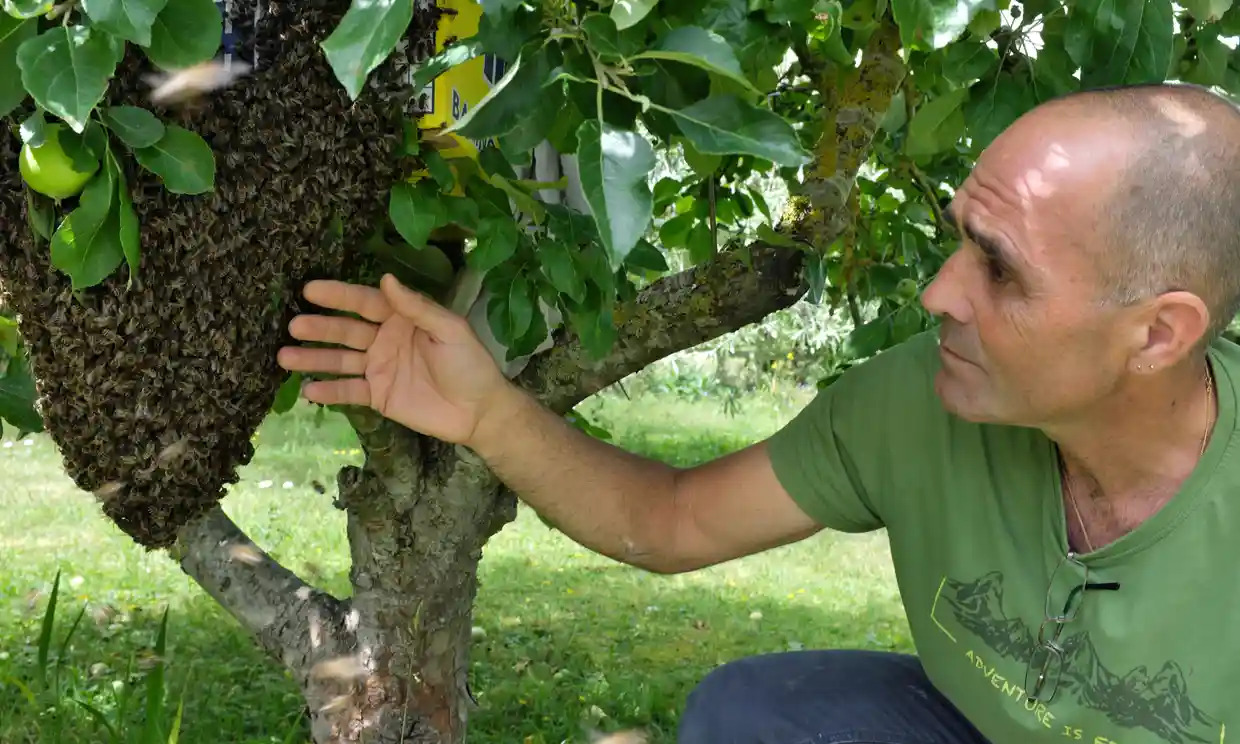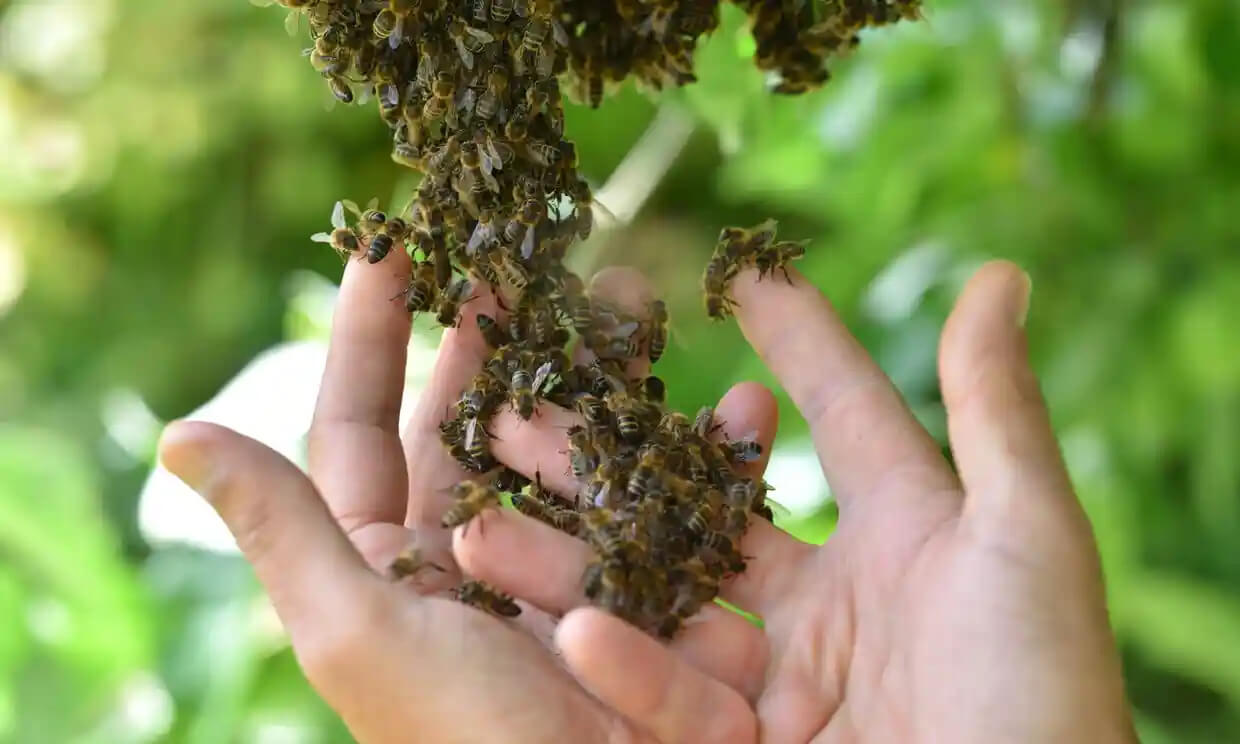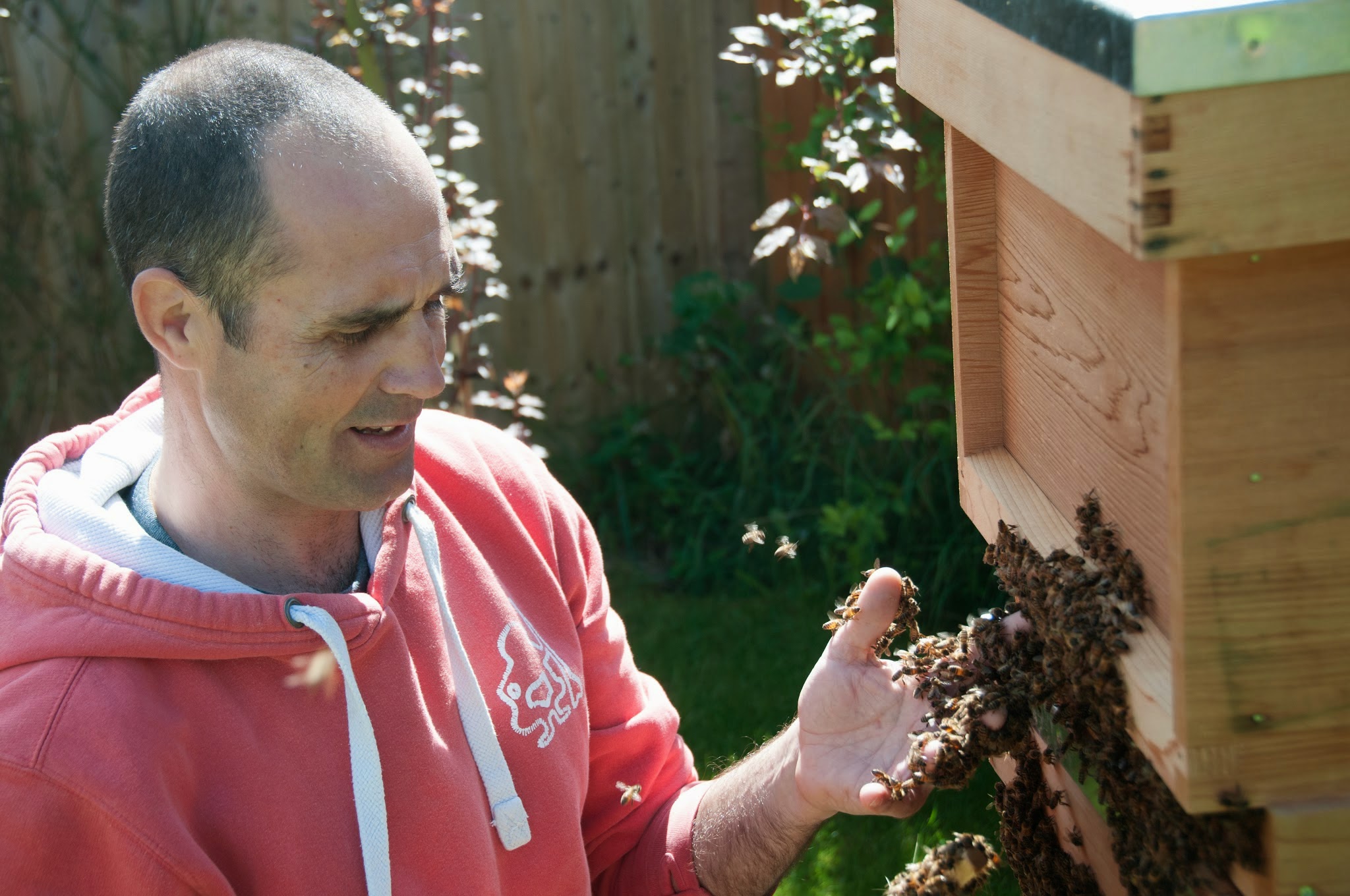
- Inspiring People -
- 3mins -
- 550 views
Wild honeybees thought to be extinct discovered in UK palace woodlands
An ‘ecotype’ of wild honeybee thought to have been wiped out by disease and invasive species, has been found thriving in the ancient oak woodlands of Blenheim Palace.
Bee Expert Finds 800,000 Wild Honeybees Thriving in Palace woodland
Approximately 800,000 native honeybees, which some thought to be extinct, have been discovered in an ancient oak woodland at Blenheim Palace in Oxfordshire, England. Experts believe they could be the last remaining descendants of the British isles’ original forest honeybee populations. If the discovery proves to be correct, this would represent tremendous second chance for the ecotype, or subspecies—as they appear to be thriving.

Bee-keeping veteran finds 50 separate colonies of bees in Blenheim palace forest
The GoodNewsNetwork reports that the insects were found living in the hollow of some oak trees—typical for this forest bee species. The hollow was tiny, and quite high in elevation. Curiously, there had been no record of any bees living in Blenheim before, and immediate thoughts turned to escaped swarms of domesticated bees from nearby hives.
A bee-keeping veteran with more than 40 years experience, Filipe Salbany, would end up finding 50 separate colonies of bees in the estate’s forest. The grounds have had no gardening activity and the property isn’t open to the public, so this has truly been a ‘rewilding’ area.
He’s convinced they belong to the subspecies that probably should be called ‘Ye Olde Englishe Bee.’
“A wild bee that has adapted to the environment is called an ecotype, and this bee could be a very precious ecotype—the first wild bee that is completely adapted to living in the oak forest,” Salbany told the Guardian.
Source: GoodNewsNetwork

The ecotype have likely remained strong through at least 200 years of history
The ecotype live in harmony with their environment which includes wasps and bumblebees. Despite several ecological surveys over the years, nobody knew these bees existed. Their preferred diet is such flowers as dandelions, sunflowers, and blackthorn, which makes their honey smell and taste incredible.
Smaller, darker, and furrier than imported European honeybees, the hermit hive members also displayed a resistance to temperatures as low as 39 °F (4 °C), about ten degrees lower than what causes normal bees to stop flying. The low temps also ward off the bee’s nemesis, the Varroa mite.
“They are not from the imported stocks of bees that people bring in. The wings are smaller and their veins are very distinct,” says Salbany, who has almost finished his physical examinations. “They have had no treatment for the varroa mite—yet they’re not dying off.”
The woods are a paradise of biodiversity, and no managed hives within the 400 acre estate are the main reasons which Salbany is giving for why the bees have likely remained strong through at least 200 years of history, that figure being the chronological age of the oldest tree-hollow hive found so far.
Source: GoodNewsNetwork

Can’t get enough news about bees? Check out these!
FOR MORE GOOD NEWS STORIES ABOUT BEES FROM AROUND THE WORLD — CLICK HERE

